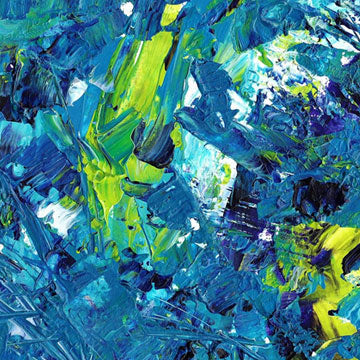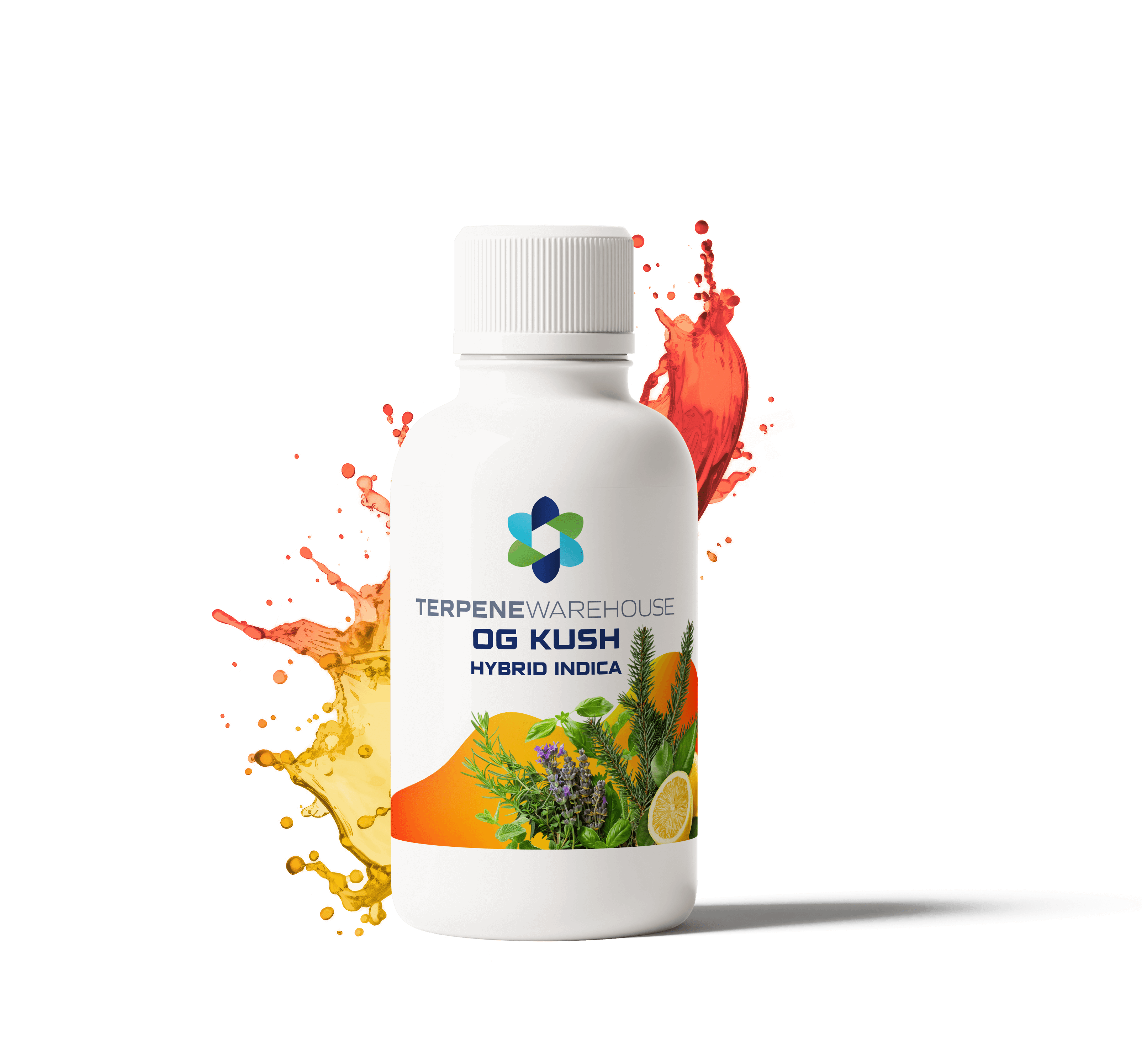Terpenes are so abundant that they’re present in almost every plant. A handful of popular terpenes have become household names, but we’ve barely scratched the surface of everything there is to learn about these beneficial, non-intoxicating plant compounds.
How many terpenes have been discovered so far? Which combinations of terpenes are found in plants? Perhaps most importantly, what are some examples of rare terpenes that might offer unexpected benefits?
How many different terpenes are there?
So far, scientists have discovered around 20,000 terpenes. Approximately 150 terpenes have been identified in Cannabis sativa.
As a result, it’s clear that cannabis is not the be-all, end-all when it comes to terpenes. While often associated with cannabis, terpenes are, in fact, much more plentiful and varied in non-cannabis plants.
The modern catalog of terpenes is reasonably extensive. It’s likely, however, that there are plenty more terpenes waiting to be discovered.
Based on current estimates, we’ve only identified around 20% of the Earth’s plant species. If undiscovered plant species contain just as many terpenes as the plants we’ve already identified, there could be as many as 100,000 terpenes in the world.
When were terpenes discovered?
Terpenes were first isolated and classified in the 1800s, but human awareness of terpenes is as old as time. All it takes is a walk through a garden in full bloom to detect the presence of terpenes. Since new terpenes continue to be identified, the discovery of terpenes is ongoing.
What are terpenes found in?
In recent years, terpenes have become well-known due to their presence in Cannabis sativa. As cannabis has gained the status of a mainstream substance, the general public has become increasingly curious about its molecular makeup.
Practically every plant, however, contains terpenes. If you’ve ever:
- Smelled a sprig of lavender,
- Peeled an orange,
- Crushed a pine needle,
- Or seasoned food with black pepper,
- You’ve smelled or tasted terpenes.
How are terpenes formed?
Terpenes are formed when isoprene molecules, which are composed of five carbon atoms each, combine. Monoterpenes consist of only two isoprene molecules, and sesquiterpenes contain three isoprene molecules.
Many plants develop terpenes naturally during maturation. It’s also possible to create synthetic terpenes in a lab. Natural terpenes are, however, safer and more reliable.
What’s the difference between terpenes and terpenoids?
Terpenoids are oxidized terpenes. When certain plants, including cannabis, are processed, the terpenes they contain are exposed to environmental factors that cause oxidation.
Chemically speaking, terpenes are true hydrocarbons while terpenoids have been “denatured” through oxidation. While the chemical structures of terpenes and terpenoids are virtually identical, terpenes might be more beneficial than terpenoids.

What is a terpene profile?
A terpene profile is the combination of terpenes present in a plant. Every plant that contains terpenes has a terpene profile—even if a particular plant only contains one type of terpene.
Cannabis is renowned for its varied and rich terpene profiles. The dozens of terpenes that have been found in cannabis can be combined in hundreds of different ways, and each cannabis terpene profile has unique attributes.
The terpene profiles found in cannabis are so beloved that they’re often reproduced using non-cannabis terpenes. With a lab test indicating the exact concentration of terpenes present in a particular cannabis strain, using botanical terpenes to recreate that strain’s unique terpene profile is a relatively straightforward task.
What is a good terpene percentage?
Most cannabis strains only contain 1-3% terpenes. Other plants often contain even smaller terpene concentrations.
These volatile compounds are so profoundly aromatic that just a small concentration of terpenes goes a long way. Products that contain excessively high concentrations of terpenes are overwhelming or even unpleasant.
When adding to terpenes a product, the total concentration of terpenes in the formulation should usually fall between 2-5%. Products with added terpenes should never have terpene concentrations higher than 15%.
What are the rarest terpenes?
Thanks to the popularity of cannabis, certain common terpenes, like myrcene and caryophyllene, have become relatively well-known. Most terpenes, however, are significantly less abundant in cannabis and other sources.
Among the vast ranks of lesser-known terpenes, ocimene, eucalyptol, borneol, terpineol, and geraniol stand out as especially delicious, aromatic, and beneficial. Learn more about these rare terpenes, and discover the strain-specific terpene blends in which they’re found.
1. Ocimene
Also found in parsley, mint, and orchids, ocimene is an uplifting terpene with a citrusy and woody aroma. Research into ocimene suggests that this terpene is a powerful antioxidant that might help with diabetes.
Which strains contain ocimene?
Ocimene is present in high concentrations in strains like Strawberry Cough and OG Kush.
2. Eucalyptol
As one of the primary active compounds in eucalyptus leaves, eucalyptol has a minty scent and a spicy taste. This anti-inflammatory terpene has been demonstrated to offer respiratory benefits in many different studies.
Which strains contain eucalyptol?
The terpene profiles of Super Silver Haze and Girl Scout Cookies are rich in eucalyptol.
3. Borneol
With a woody smell and flavor, borneol is a critical component of traditional Asian medicine systems. Like many other terpenes, borneol appears to offer antioxidant and anti-inflammatory benefits, and this terpene may also act as an anticoagulant.
Which strains contain borneol?
You can find high concentrations of borneol in most “haze” strains.
4. Terpineol
Terpineol is found in a wide variety of different plants including lime blossoms, lilacs, and pine needles. This terpene has a woody, citrusy aroma, and it’s believed to have anti-inflammatory and antimicrobial properties.
Which strains contain terpineol?
Strains like White Widow and Jack Herer contain considerable concentrations of terpineol.
5. Geraniol
As its name suggests, geraniol was first discovered in the geranium flower. While geraniums themselves smell very citrusy, the geraniol terpene smells more fruity and floral. This antioxidant and anti-inflammatory terpene is believed to also have antibacterial and antifungal properties.
Which strains contain geraniol?
The strain Bruce Banner contains high concentrations of geraniol.
Terpenes: a fertile frontier for flavoring, aroma, and natural health
The journey of terpene discovery is only beginning. While it’s likely that we’ve identified most of the terpenes present in cannabis, it’s clear that there are far more terpenes to be discovered within the wider plant kingdom.
Plus, we’re just now discovering the unique benefits of combining terpenes into profiles. Whether they mimic the terpene profiles of cannabis strains or not, combinations of terpenes invariably offer greater benefits than terpenes used alone.
At Terpene Warehouse, we use non-cannabis, botanical terpenes to painstakingly reconstruct the exact terpene profiles present in beloved cannabis strains. We also combine terpenes in new ways to offer aromas, flavors, and effects that cannabis can’t provide. Contact us today to learn more about the benefits of including terpenes in your products.









